As people who are far away from ancient times, when we learn calligraphy, we still have to search and restore as much as possible how people in ancient times learned calligraphy. Only in this way can we bring our state, tools, materials and methods as close as possible to that kind of calligraphy. In the realm of authenticity, only in this way can we most likely get the connection that is almost severed.
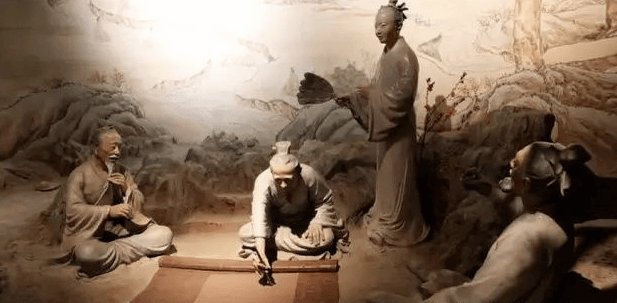
Jinliang calligraphy picture (clay model)
Take the practice of calligraphy as an example. Today we advocate practicing hard day and night and burning the midnight oil. I have also seen some contestants waste paper and waste paper in order to sprint for the National Exhibition.
How did ancient calligraphers practice calligraphy?
Are the stories about Wang Xizhi's ink pond and Zhiyong's pen tomb that we circulate today reliable?
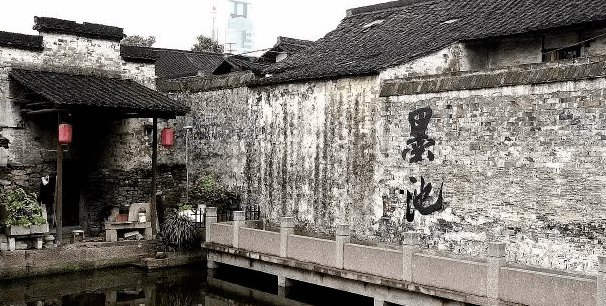
If we analyze it from the perspective of some conditions, we should have the following doubts:
First, where did they get so many paper exercises?
Second, they are not professional calligraphers, so how can they find so much time to write?
Third, they are basically officials. A county magistrate has to be the public security director, prosecutor general, petition director, and health director. How can he have so much energy?
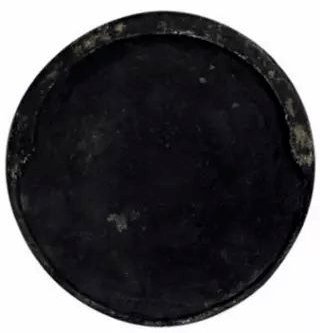
Wadang inkstone
Fourth, the ancients used reading to select scholars, not calligraphy as in the legend. Did later people exaggerate and appropriate the example of reading to calligraphy practice?
Today, we spent almost all our time practicing calligraphy, but we are far away from them. Is there a problem with the method? Have we ever doubted the method of practicing calligraphy?
Maybe their method of practicing calligraphy is different from ours now!
I once saw a book called "Remnants of Calligraphy in the Wei and Jin Dynasties". There were two pages of remnants in it that caught my attention - it was a piece of paper with writing on both the front and back. This piece of paper got me thinking----
First, the content of the piece of paper is "Chen Yao's Statement". This seems to be the content of Zhong Yao's "Declaration Form", right? This shows that this piece of paper is most likely a fragment of calligraphy practice by ancient people, and it is a copying practice paper.
Second, there are writings on the front and back, indicating that the ancients cherished paper. It is also possible that there were not many paper resources in ancient times, and there was not a lot of paper and cost to practice calligraphy (writing). There is another example that can prove that the existing letter from Sima Guang of the Song Dynasty to Fan Chunren (Fan Zhongyan's son) was written on the back of the draft of Zizhi Tongjian.
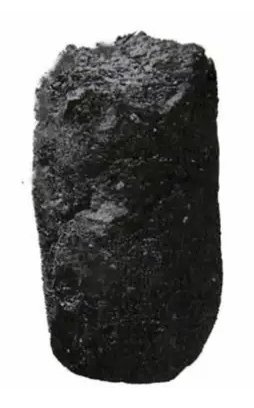
Han Dynasty Mimo
Let's take a look at the scraps of calligraphy practice during the Wei and Jin Dynasties. After all, they vividly record the traces of learning calligraphy in that era.
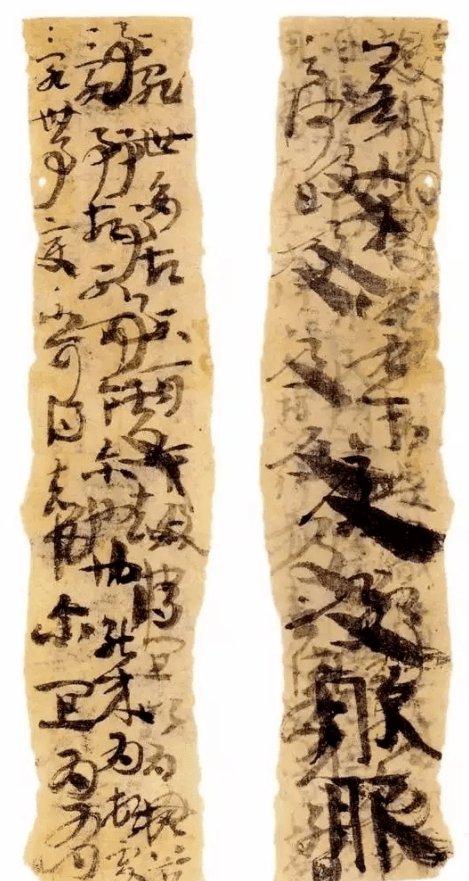
Practitioners of Zhangcao repeat the practice of pen-holding many times
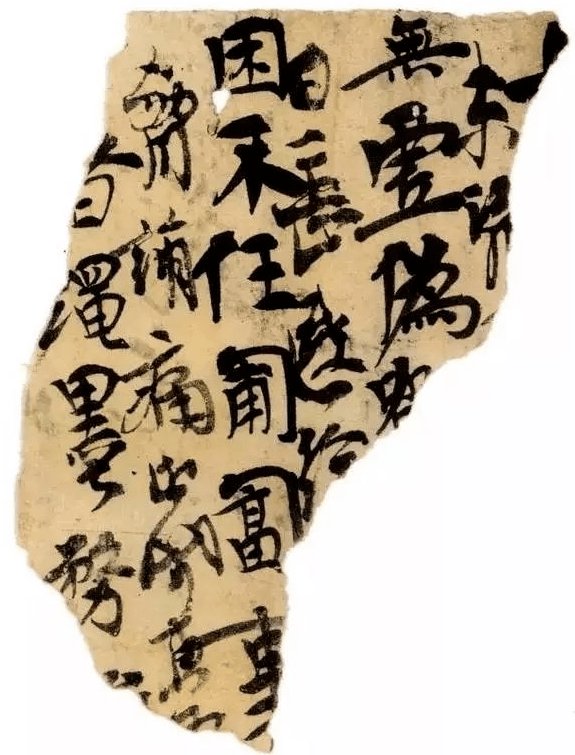
full of ancient meaning
The practitioner seems a little impatient
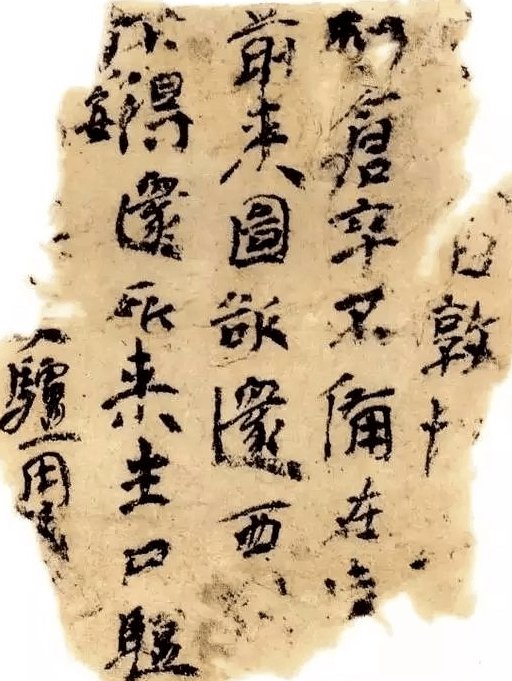
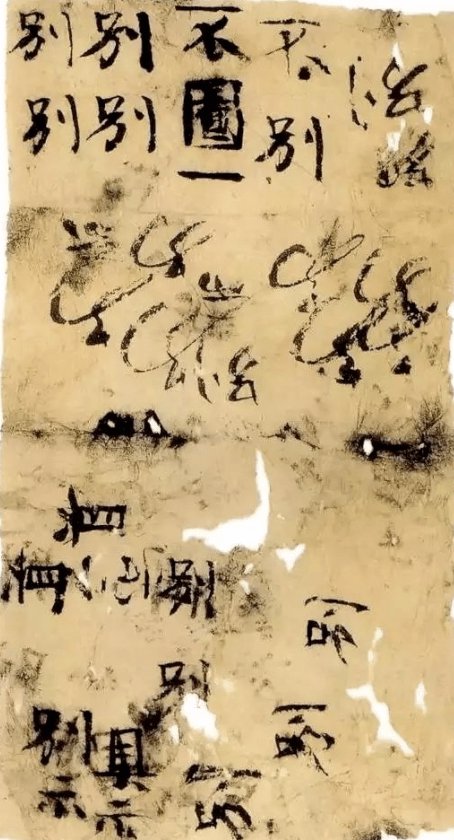
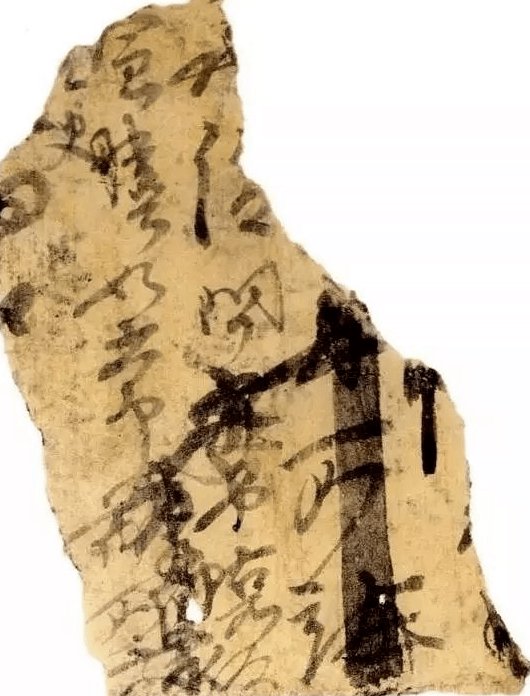
With just one stroke of the pen, I guess I got to this point in practice that day.
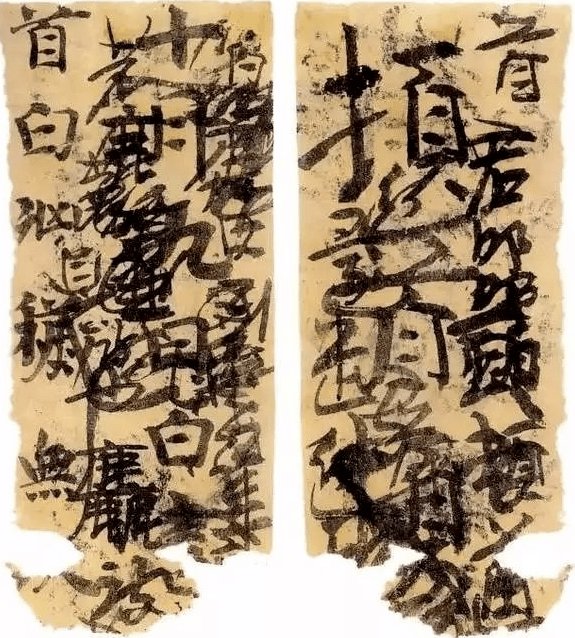
It seems difficult to write the first two words of "pause"
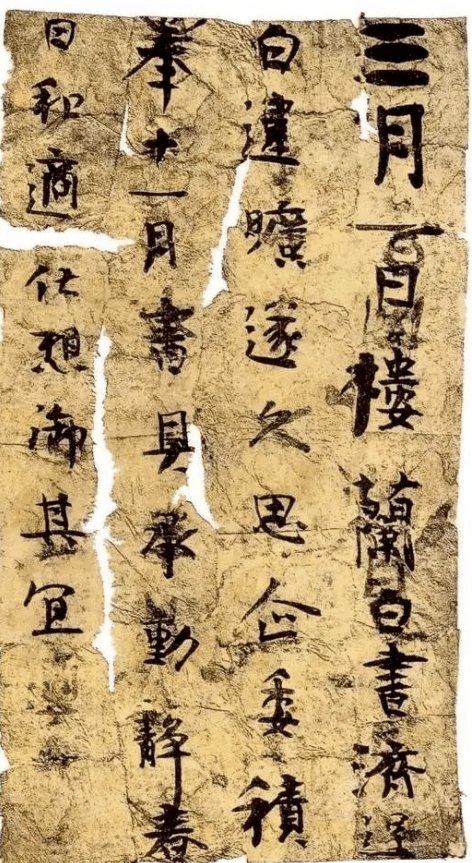
Qianliang˙Loulan Broken Paper Documents
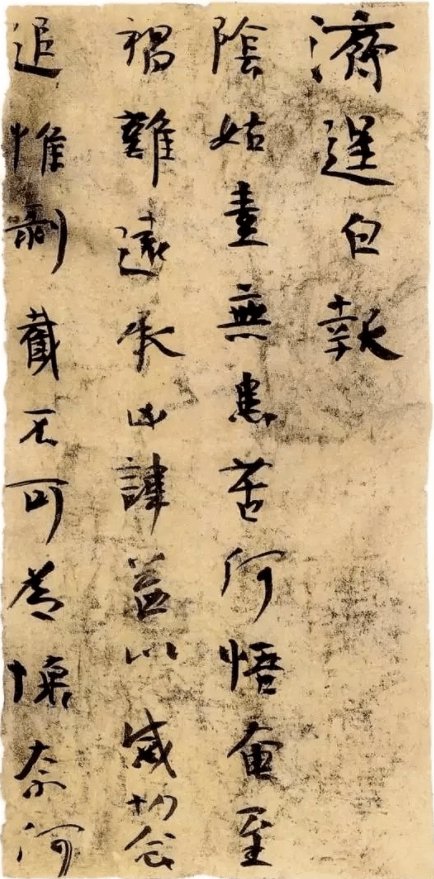
Qianliang˙Loulan Broken Paper Documents








